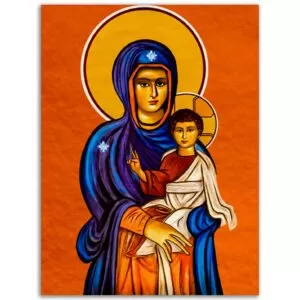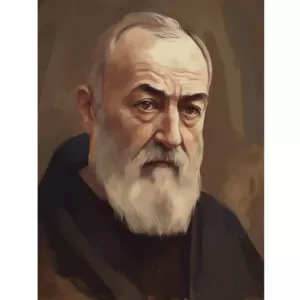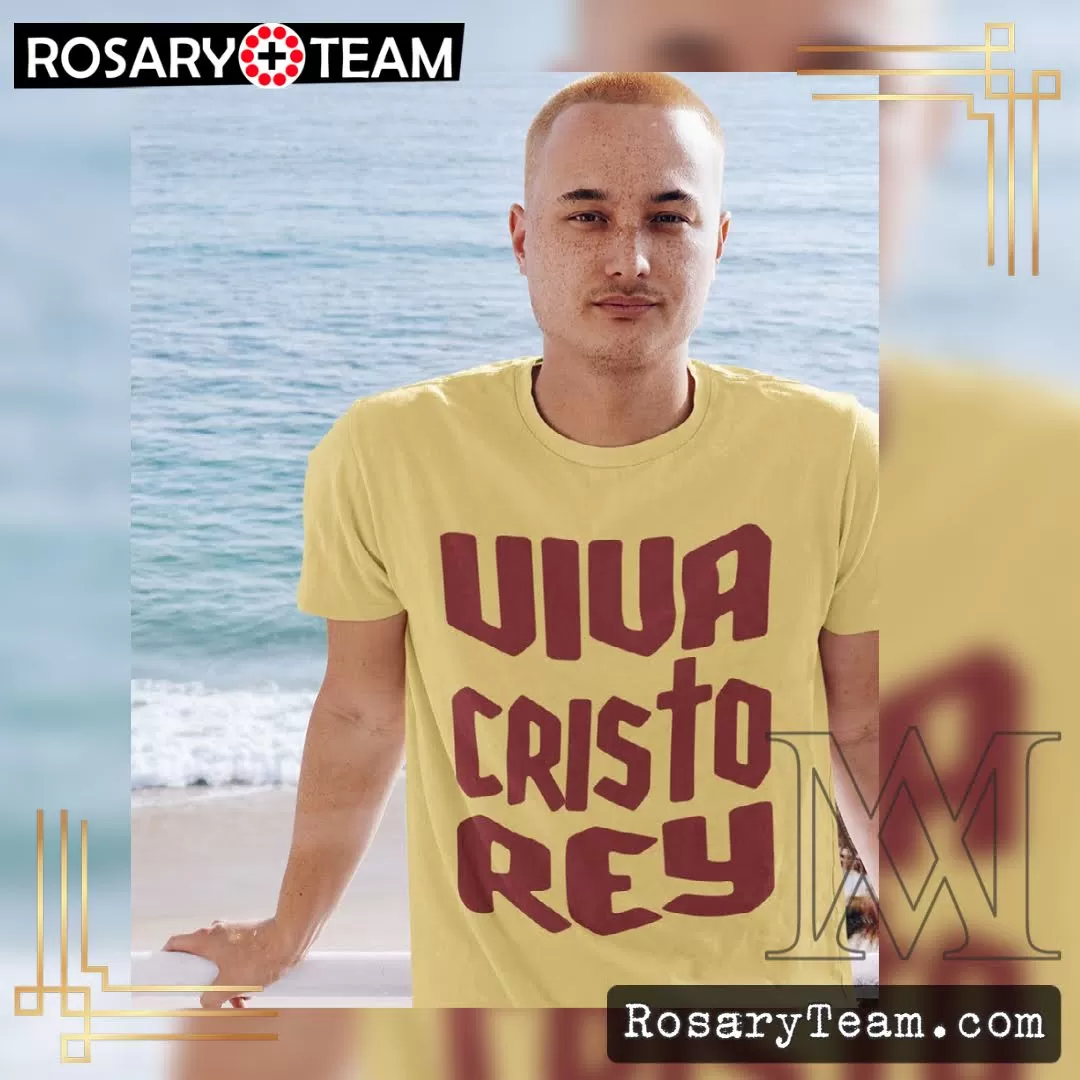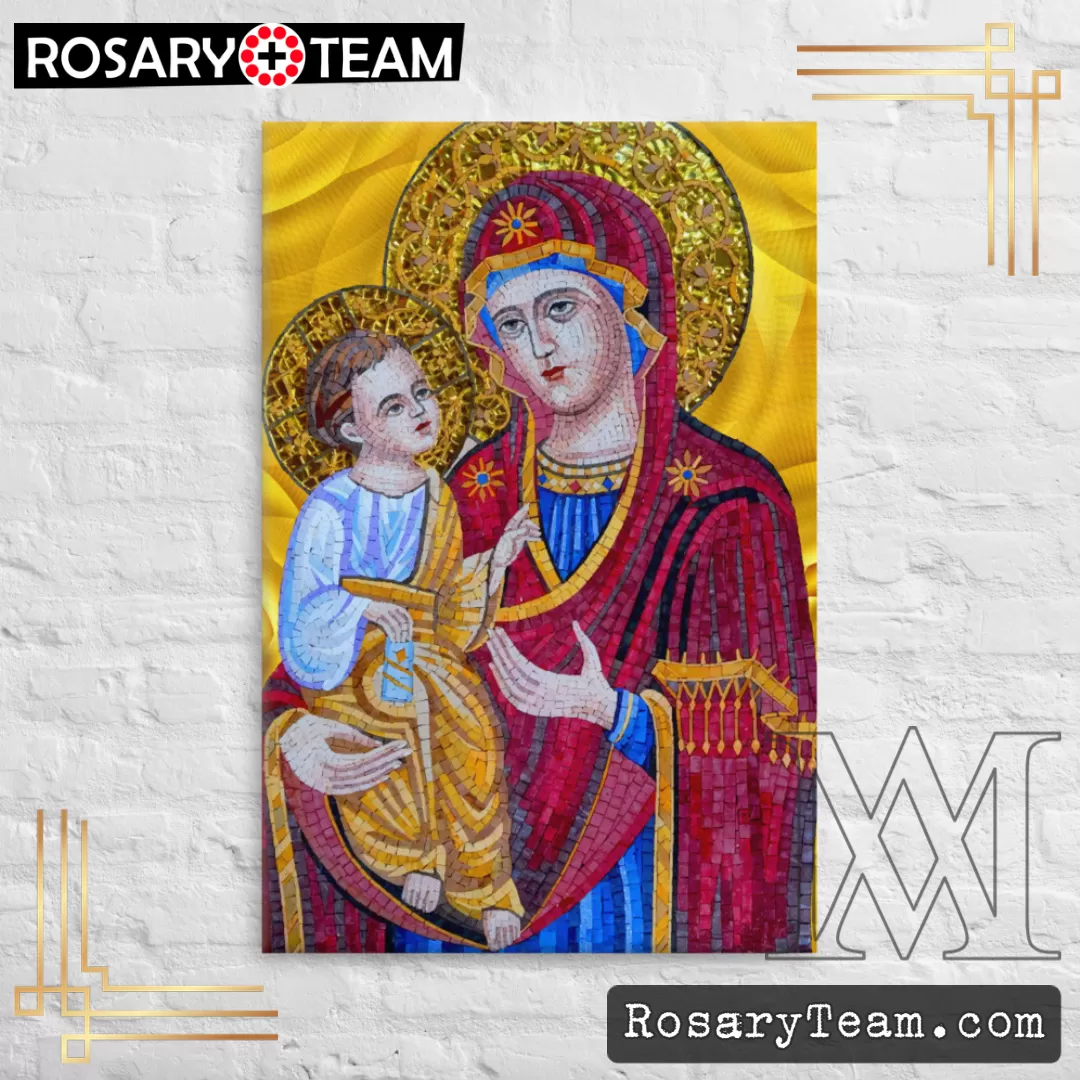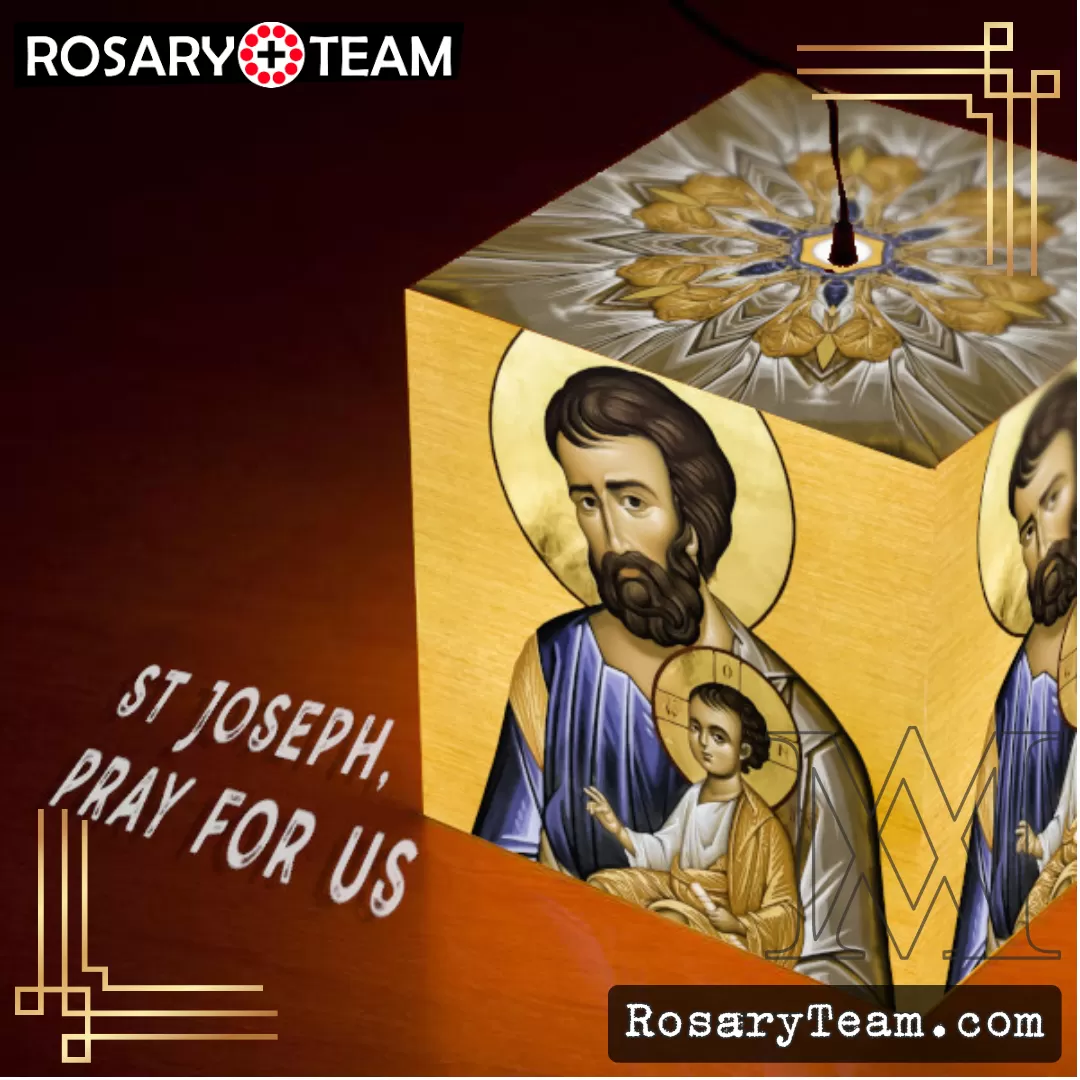SAINT CLEMENT MARIA HOFBAUER
Road To Rome|
House Divided|
St. Benno|
Spiritual Rebirth|
Closer Look|
Enemy Aroused|
Last Days
Catholic Movement|
Enemy Return|
Battles|
Final Journey|
Called Home
Born in Tasswitz, Austria, on December 26, 1751—the eve of the feast of the Apostle who Jesus loved—he was christened John. But he would become known to the Catholic world by the names he would adopt in religious life, Clement Maria Hofbauer.
Road to Rome
As Clement Hofbauer began his pursuit of Holy Orders, Protestantism was in its third
century of open defiance of the Church. The poison of Freemasonry had been seeping into
the body of Europe for more than six decades. Where Catholicism had survived the ravages
of the “Reformation,” many of its faithful were now weakened in spirit by
Masonic “free thinking.” In many if not most portions of the continent,
Catholics—including priests and even bishops—had grown tepid and indifferent in
their faith. In this state, the wellsprings of grace seemed to dry up, and pitiful ignorance of even the most fundamental Truths of the Faith became pandemic. As a consequence, even regions still nominally Catholic were infected with skepticism toward the Apostolic authority of Rome, and were easily drawn to the false doctrine of the divine right of kings which had been resurrected by Luther. Thus, emboldened monarchs intruded into ecclesiastical affairs with increasing brazenness.
All of these odious elements were present when, in 1781, Hofbauer entered the University of Vienna, where seminarians by law had to undergo state-regulated training. Beidtel, a contemporary observer, wrote that the plan of theological studies at the University “was such as to do away with the Catholic system entirely in the dominions of Austria. The student was forced to hear principles enunciated and doctrines propounded which were directly or indirectly opposed to the Church’s teachings. The Pope and those that stood about his throne were blamed for everything.”
Saint Clement had undertaken several pilgrimages to Rome on foot in the years prior to entering the seminary. Now he made it an annual exercise, to escape the repulsive air of unorthodoxy at the university and the religious repression of the imperial state, and to refresh himself spiritually in the capitol of Christendom. He was joined on these arduous journeys by a fellow seminarian of kindred spirit, Thaddeus Huebl, ten years the saint’s junior. By the fall of 1784, conditions in Vienna had become so intolerable that Hofbauer could not bring himself to return to the University. He decided instead to complete his studies in the Eternal City. The plan came to him with such suddenness and resoluteness that he implored Huebl to leave a hospital bed to join him. Because of his stricken condition, Huebl at first rejected the idea. He insisted that Huebl join him, promising that God would take care of his friend’s health. Huebl consented—and his health was restored so rapidly as to seem miraculous.
House Divided
Before Joseph II instituted his process of ecclesiastical strangulation by regulatory decree—known ever after as Josephism—State Church Systems were becoming firmly entrenched in Europe, including Italy. This was the work of Freemasonry, which held powerful influence in most of the continent’s dominions. To the Masonic haters of Rome, nothing more visibly symbolized the papal “opiate” by which Catholic nations were kept submissive to Vatican authority than Saint Ignatius’ Society of Jesus and its preaching of missions. After establishing the precedence for state regulation of local Church affairs, the Masons under their new-found influence and control began exercising their contempt for the Jesuits by having missionary work interdicted in many kingdoms.
Ambitious and unscrupulous members of the Redemptorists took advantage of their aged saintly founder, who by then was almost completely blind, to alter the Congregation’s Rule, written by Saint Alphonsus and approved by Pope Benedict XIV, so as to have it meet the anti-clerical standards of the State. Under this new Rule, written in defiance of Liguori’s explicit orders, the Congregation “ceased to be an ecclesiastical corporate body under the jurisdiction of the Holy See, and became a mere civil institution,”
It was at this convent that Clement Hofbauer and Thaddeus Huebl entered the Congregation of the Most Holy Redeemer—now a house divided against itself. Monsignor Liguori received with great joy the news that the first two non-Italians had entered his order in 1784. Isolated from them as he was, however, his keen interest in them as the hope of spreading the Congregation into the German kingdoms had to be taken from afar. Saint Alphonsus and Saint Clement would never meet in this life.
St. Benno’s
There was in Warsaw at the time a hundred-year-old German charitable organization
called the Confraternity of St. Benno, which had been established to provide shelter for the sick, the orphaned, and poor German nationals. In more recent years, it had acquired a church. But the church now was without a pastor, and the Confraternity was hard-pressed to be able to continue its charitable works any further. When the presence of the Austrian Redemptorists became known, members of the Confraternity urged them to take over the Institution. At the persuasion of the Papal Nuncio and the King himself, Hofbauer accepted the proposal.
Upon taking over St. Benno’s, the saint was penniless. Not only could he not seek
financial subsidies from his superior, but in fact he was expected to provide support to the impoverished Mother House. Yet, while the newly opened foundation was without any
income, it would immediately have to assume responsibility for schooling 200 children, of
whom 40 had to be fed and 20 more had to be clothed and sheltered. The Poles held strong
antipathies toward Germans—to the extent that the Redemptorists were often insulted
and jeered at in the streets.
The responsibilities immediately at hand were his first concern. He and his confreres set to work with the duties of the school and orphanage. “Our task is to erect a German school, for heretofore there existed no public free school for the Germans,” Father Hofbauer wrote to his superior. But there were “in this city children of different nationalities and creeds, Germans, Poles, and Russians” either homeless or without the means for obtaining an education. No matter how overburdened and under equipped the three Religious were, no student or orphan seeking acceptance was ever turned away.
One of his familiar sayings was: “Charity never says, ‘It is enough.'” When
criticized for his excessive almsdeeds, he replied, “Give, and it shall be given unto
you—do you not know that these are twin-sisters?” When his unbridled charity on
one occasion brought him to the point of financial crisis, the holy Superior knelt before the altar. After a few moments of prayer, he arose and knocked on the tabernacle door, saying: “Lord, help us; now is the time to do so.” As always, the help came.
On August 1, 1787, the saint and Father Huebl were discussing their desperate
circumstances after dinner. The discussion was broken by “a terrific noise” which resounded through the room. Noting the precise time, Hofbauer pronounced: “Monsignor Liguori has just died.” Several days later, news arrived from Italy confirming that the soul of their holy Founder departed this world at the very hour Saint Clement had announced.
It was a common practice for the Superior to go from door to door begging alms for his
students. Once he entered a tavern and approached a man at dinner to ask for a donation.
The man uttered gross profanities and spat in Father Hofbauer’s face. Calmly, the saint
wiped away the spittle and said, “That was for me; now, what will you give for my
children?” The man was so struck by this unexpected reaction that he begged the
priest’s forgiveness and offered a handsome contribution.
Spiritual Rebirth
On all Sundays and holy days there is a sermon at five o’clock in the morning for servants, who . . . cannot attend the divine service at a later hour. For their convenience Holy Mass is said immediately after the sermon. . . . Every day at six o’clock there is a Mass of Exposition, during which the people chant hymns. After the Mass an instruction is given in Polish. During these instructions and sermons Masses are constantly being said, so that those who do not understand Polish or German, or who have not the time to remain for a sermon, may not be deprived of the Holy Sacrifice. Every day at eight o’clock there is a High Mass with Plain Chant, after which there are two sermons—the first in Polish and the second in German. Then the school children come to the church, and the Solemn High Mass with musical accompaniment is celebrated. . . . In
the afternoon at three o’clock the confraternities chant the Office of the Blessed Virgin. At four o’clock there is a German sermon, followed by Vespers solemnly chanted, and followed in turn by a Polish sermon. Finally there is a visit to the Blessed Sacrament and to the Blessed Virgin publicly made with the faithful . Every day at five o’clock there is a German sermon. Then follow in order, a Visit to the Blessed Sacrament, a sermon in Polish, the Way of the Cross, and congregational singing of hymns in honor of the Passion of Our Lord and of the Blessed Virgin Mary. Lastly there is an Examination of Conscience for the people, the Acts of Faith, Hope and Charity are made, a short sketch of the life of the saint whose feast is celebrated on the morrow is read, and then the Litany of the Blessed Virgin Mary is recited, after which the people are dismissed and the church is closed.
This was the daily routine at St. Benno’s for years! Besides these were the many other
pastoral, charitable, and educational labors carried out by the religious community. And its holy Superior assumed the lion’s share of these tasks.
To expand and perpetuate this spiritual rebirth in Warsaw, Hofbauer not only organized
sodalities and confraternities, but he established the Congregation of Oblates—very
similar to our Third Order of The Slaves of the Immaculate Heart of Mary—who would
carry the apostolic missionary spirit of the Institute into all segments of society. Its members were selectively chosen from the most exemplary and devoted followers, and were permitted to wear habits and participate with the Religious Community in the Divine Office.
With the help of these Oblates, a small printing plant was also operated at the Institute. Religious writings were published and disseminated as a means of further increasing the community’s outreach.
Within eight years of the Redemptorists’ arrival in this decadent city, Warsaw witnessed a stunning revival of spiritual life in many portions of its society. And the center of all this new spiritual vitality was St. Benno’s.
A Closer Look
In appearance, his features were somewhat incongruent. His face was broad and rounded,
evincing characteristics of both his Bohemian and German blood. He possessed a robust
constitution and a seemingly limitless capacity for work, yet was highly susceptible to colds which on several occasions brought him near the point of death. Of medium height, he was broad through the shoulders and chest. Yet his hands were small and delicate, and his gentle voice seemed to contradict his muscular frame.
So great was his love and esteem for the Blessed Virgin that he regarded it as profanity if someone failed to give proper reverence to her name. Whenever one referred to her simply as “Mary” without attaching to the name any of her titles of honor, he would mildly call the person’s attention to the neglect by saying, “Of which Mary are you speaking?” His own favorite Marian title, which he used most often, was “the Mother of Our Lord.”
The Redemptorist apostle was observed one night in a heavy rainfall by a farmer who offered him lodging for the evening. Observing enough of the wandering stranger’s rare sanctity, during this short visit, to convince the farmer and his family that their guest was a saint, they kept the room in which the priest had slept untouched for years afterward. The farmer testified that his family began to be favored with wonderful blessings from the time they gave shelter to the saint.
Enemy Aroused
In all his travels Clement Hofbauer had found no greater love for the Faith among the
German people than in Schwabia. In Schwabia lay Babenhausen, a sovereign principality that
was subject only to the Imperial Government. This was an ideal and necessary haven for Father Hofbauer and his exiled confreres. For, as Father Hofer tells us, news of the saint’s clashes with the Destroyers in the Diocese of Constance spread quickly through the conspiratorial network of Europe, reaching even to Warsaw: “The press of the ‘Illuminati,’ having had its attention directed toward Hofbauer, sounded the alarm against his activities. The spirit of this Order was by no means above suspicion, and the Chief of Police at Warsaw was openly warned to keep an eye on it, Hofer wrote. Very simply, war had been declared on Clement Maria Hofbauer by the Illuminati—a war to be waged to the hilt by all of Continental Masonry and its agents.
Prince Anselm Fugger and the people of Babenhausen happily welcomed our saint and his
Redemptorists. Not so the clergy. Dr. Strohmayer, pastor of the parish in which the Community stayed when it first arrived in the principality, was a friend of Dr. Hoehn’s in Triberg. Having been alerted by Hoehn, Strohmayer imposed stiff restrictions on the activities of the Redemptorists.
The pastor of Weinried, Father Wagner, gave them refuge, virtually turning the church over to Hofbauer. Overjoyed by the abundant moral conversions wrought by their labors, Wagner exclaimed, “Give me four men like Hofbauer for the pulpit and four men like Venerable Joseph Passerat for the confessional, and I shall convert the entire kingdom!” With precious few exceptions, however, the rest of the clergy militantly arrayed itself against Saint Clement’s troops. “The people are good,” Hofbauer inscribed, “but the clergy as well as the Freemasons are openly inimical to us and are constantly preaching against us.”
Owing only to the sovereignty of Babenhausen and the favor of Prince Fugger, the
Redemptorists remained protected there from all but the verbal attacks of these enemies.
This was a precarious sanctuary at best. Hofer explains: “In the meantime, the Bavarian Government also became much concerned about the Redemptorists. Fugger’s principality lay like a small island in the midst of Bavaria where Montgelas, one of the ‘Illuminati,’ was all-powerful at the time. As early as the beginning of July, the Court of Justice at Ulm published a decree strictly prohibiting all pastors in Bavarian Schwabia from inviting the Redemptorists to conduct any of the divine services. It came to be a misdemeanor for anyone to go to confession to them, to offer them Mass stipends, or to supply them with food.”
On August 6, 1806, Hofbauer had to write to Huebl in Warsaw with a dark report regarding the principality: “Today I have some news for you: since yesterday we belong to Bavaria.” The death sentence for the new foundation in Babenhausen had been all but pronounced. As Saint Clement wrote this news. he had to set off for Warsaw by way of Vienna. He departed with a feeling of doom, sensing in his heart he might never again see the Religious he was leaving behind. “Pray, my dear Brethren,” he said to them as he left. “Pray that the Congregation may not be entirely destroyed. The times are evil—who knows what will become of us. Father Passerat will now be, after God, your only support; cling to him, and follow him wherever he goes. Be prepared to die rather than be separated!” His somber presentiments were justified. Saint Clement Maria Hofbauer would never return to Germany.
Several weeks after Saint Clement’s departure, the Bavarian Government—in which
the Illuminist Montgelas was Minister of the Interior, Minister of Foreign Affairs, and
Pombal—served notice on Father Passerat to remove his Religious from Bavaria within
two months. Passerat led the Community to Chur, Switzerland, where again the network of
Freemasonry continued its relentless persecution until it succeeded in getting the
Redemptorists expelled once more.
Last Days of St. Benno’s
“Everywhere the general conspiracy against the Catholic Church is in
evidence,” Saint Clement wrote that same year. “Even the Vicars General of
certain dioceses, and the Directors and professors of seminaries are implicated in this
conspiracy against the truth.”
While Poland was then, in his words, “languishing under the yoke of a non-Catholic
power intent upon nothing less than the very annihilation of religion,” at least he could look forward to returning to the security of St. Benno’s in Warsaw, after the destruction of all his dreams and labors in Germany.
Hofbauer observed, “St. Benno’s showed its reaction to the spirit of the age by
becoming now a real bulwark against the doctrines of the Freethinkers, which were spreading more and more. The line of cleavage between the Bennonites and the Jacobins daily became more marked. More and more the latter resorted to violent methods of intimidating these Fathers, whose teachings and whose manner of life were so clearly opposed to their own.”
The Saint once confided that the Jacobins had abducted him. But he refused to describe
what had transpired during that episode, saying God would make it known on the Day of
Judgment. Nevertheless, we can well surmise the terror to which he had been subjected, from what occurred shortly after his return to St. Benno’s.
Father Huebl was still mending when an epidemic broke out. With no thought for his own
condition, he busied himself at the hospital, along with other priests from St. Benno’s,
ministering to the many stricken victims. Three of the Bennonites contracted the fatal disease. Among them was Father Thaddeus Huebl, the saint’s oldest and dearest friend in the Congregation, who died in Clement’s arms on July 4, 1807.* Of all the crosses and sufferings endured by the Servant of God, the death of Father Huebl was far and away the greatest. He confessed he was “almost prostrated with despair” by this inestimable loss, and long seemed unable to recover from it.
In Switzerland, the quarters housing Father Passerat and his Redemptorist
confreres began to quake violently at the hour of Father Huebl’s death. By this Passerat knew some tragedy had befallen the Congregation.
Napoleon crushed Prussia in 1806 and now held Warsaw under his imperial rule. Marshal Davoust was installed as the military commandant of the city. Davoust, having read one of the German newspaper diatribes against the Congregation, contacted the author of the article and was referred to the Illuminati’s powerful Montgelas in Munich for corroboration of the charges! In
March, 1808, Montgelas sent the Marshal a fiery report, citing the Redemptorists as the chief cause of civil unrest in Babenhausen—even though they had been expelled over a year earlier!
Armed with this report, the military commandant had St. Benno’s searched, confiscating
its entire archives. Among the papers seized were letters exchanged with Jesuits, and
correspondence alluding to the friendship with certain members of the royal Bourbon family
enjoyed by Father Hofbauer. That was enough. Davoust immediately reported his findings to
Napoleon, adding: “I am convinced that these men are avowed enemies of the
Government, and particularly antagonistic to Your Majesty.” As for “their Vicar
General, Hofbauer,” the Marshal described him as “a very dangerous man.” A
series of reports to the Emperor followed, as Davoust maintained surveillance of the
Bennonites.
The saint had had no inkling of St. Benno’s impending doom. After all, who would have
expected the Great Conqueror of the Continent, while reaching the height of his power, to be devoting his majestic attention to the crushing of a little convent in Poland! During the Octave of Pentecost, as the holy missioner was reading the Divine Office, he came to the sixteenth verse of the Eighty-Seventh Psalm: I am poor and in labors from my youth: and being exalted, have been humbled and troubled. As he read these words, he was suddenly “filled with an interior fear and began trembling from head to foot,” according to Father Hofer. “While reflecting what might be the cause of this, he experienced the same sensation a second time. He now realized that God had chosen this way of warning to prepare his soul for tribulations.”
While Davoust made arrangements necessary for executing the decree, the plan was kept
in strict secrecy. Detectives kept watch on the convent day and night. Just before noon, on June 17, the Expulsion Committee swept down upon St. Benno’s, locking the church doors—with many parishioners still inside—and placing the Community under house arrest. For three days they were subjected to questioning and examinations. On June 20, in the darkness of early morning, they were hauled away in wagons under a heavy military escort to the Kuestrin Fortress, where they were held for four weeks.
Saint Clement searched his mind for some place where he might regather his spiritual family. He could do nothing but accept the inevitable dissolution of his life’s works and dreams. Late in July, the Redemptorists were dispersed from the fortress in groups of two, each member under orders to return to his native country. As they were led away, the saint embraced each with a heart overflowing with grief—most of them he would never see again in this life. “The father is no longer permitted to remain in the midst of his children,” he wrote, “and the brethren are no longer permitted to live together.”
Catholic Movement
The Redemptorist’s feverish love for the traditions of the Faith, it inevitably evolved into a rebirth of St. Benno’s Confraternity of Oblates. Lacking the setting of a Religious Community enjoyed by the Bennonite Confraternity, Hofbauer’s loosely structured Third Order in Vienna was less formally organized than its Warsaw counterpart.
Though its members were relatively few in number, they carried out this self-appointed
mission with such determination that even in the University of Vienna—”the real
nest” of the Illuminati, as Saint Clement referred to it—impressive numbers of
students as well as some professors were to become enamored of true Catholicism.
“Quite a sensation was created, for example,” writes Hofer, “when two
Instructors highly esteemed in university circles openly renounced freethinking and not
only became believing Catholics, but took up the study of Theology. These two savants were
Dr. Emmanuel Veith, the Jewish Instructor in Medicine, and Dr. John Madlener, the
Instructor in Mathematics.”
Commenting on this era when Masonic “Enlightenment” had captured virtually
all moral, social, and political thought in the civilized world, Hughes states in his Church history that “outside the [Papal] States of the Church and the new United States of America, there was not a single country in the world where the Catholic religion was free to live fully its own life, and not a single Catholic country where there seemed any prospect but of further enslavement and gradual emasculation.”
Enemy Returns
A General Congress of the European powers was convened in Vienna that year. To the
ever-hopeful Saint Clement, this could only have been arranged by Divine Providence at a
time when several of his tertiaries and supporters were in significant positions of influence. Now was the time to muster the full force of that influence, to press for restoration of the almost completely severed relations of Austria and the German states with Rome, while at the same time clearing the way for rebuilding his shattered Transalpine Congregation.
After the Congress of Vienna convened in September, there were signs that the Church
question might come to a happy issue. Those hopes, however, were dashed with the arrival
of Father Hofbauer’s longtime arch-enemy, Ignatius Wessenberg. The latter’s Masonic
ecclesiastical superior, Dahlberg, as now Germany’s Primate Archbishop and had appointed
the cunning Illuminist as official representative of the entire German Catholic Church at the Congress. Wessenberg was the prime mover and shaker for the establishment of a German
National Church—one that would be neither Catholic nor Protestant, but professing
Masonically enlightened Free Thought as its creed and the State as its pope. Again, Father
Hofbauer’s ambitions had run headlong against those of Wessenberg. And again, Wessenberg
emerged the victor in the contest, this time successfully thwarting the saint’s efforts to
restore relations with the Holy See.
Battles
Wessenberg could not have openly promoted his National Church scheme in this
international forum. Yet he tipped his hand in that regard sufficiently during the Congress to alert Clement to the new menace. Several of Hofbauer’s closest disciples, now widespread throughout Austria and Germany, organized themselves into a network to keep constant watch on the Illuminist and to oppose him wherever possible. In this way, the saint was able to discover: a party of German clergy directly led by Wessenberg along with several German rulers to lead an uprising against Rome; and Wessenberg’s powerful leadership in a scheme for a General German Concordat to extend the Josephist State Church system to the whole of Germany. In turn, Hofbauer was able to organize enough opposition in the right places to stymie each of these devilish designs.
Most importantly, by his almost daily reporting on these activities, he was able to
convince the Roman Curia of the enormous dangers to which it had been oblivious. Clement
Hofbauer had gradually turned the tables on Wessenberg and the Illuminati. Wessenberg knew
it. And he would have his revenge.
Final Journey
Faithful to his promise while agonizingly awaiting the time of his departure, Hofbauer
did not utter a word to anyone about his fate. When the decree was presented for the
Emperor’s signature, His Highness was told that he chose to leave Austria rather than cease his unlawful activities. The affair was described to Archbishop Hohenwart in the same terms. Yet Hohenwart learned from sources in the Government how Hofbauer had been tricked into the agreement. Early in 1819, he laid bare the vicious scheme before the Emperor. Francis II upheld the finding of illegality in Clement’s correspondence with foreign convents. He ordered that the aged priest was to be allowed to remain in Vienna.
Francis II went to Italy. He had a number of audiences with the Pope and with other officials of the Curia. The trip proved to be a great grace for the weak monarch. Leaving Rome a committed Josephist he returned a renewed Catholic. In Vienna he changed the whole scope of the Hofbauer case. It was now a question of whether to grant official recognition to the Congregation of the Most Holy Redeemer. Father Hofbauer was directed to submit the Rule of the Congregation for careful study.
Called Home
Even with the assurance of approbation, Father Hofbauer repeatedly and insistently stated that the decree officially admitting the Congregation into Austria would not be signed until he appeared in the presence of Almighty God. After his death, he further prophesied, numerous Redemptorist convents would be established in the Empire, and from here would the Congregation spread to many other parts of the world.
At the time of these prophecies there was nothing about Clement’s health to indicate any imminent danger of death. True, he was no stranger to sudden and grave illnesses. And during this winter of 1819-20, more than once had he been stricken with fever and delirium. But always managed to recover .
In February, 1820, his assistant, Father Stark, contracted typhoid fever and was given
the last rites. Father Hofbauer, who had to assume the burden of the ill priest’s duties, remarked:
“I am in worse condition than he; he shall recover, but I shall die soon, very soon.”
The saint’s affliction was described as “malignant.” Infection spread to his
lower intestines, causing him such intense, unrelenting suffering that, while in the confessional, he would try to stand to ease the pain.
On the contrary, he seemed to spend more time with them to make certain their spiritual
needs were met before he departed this world. Sister Frances, one of the Ursuline nuns,
testified at Hofbauer’s process for Beatification that, during her last Confession to the saint, he kept her for half an hour giving her “detailed instructions and advice regarding certain matters and situations that arose only years afterward.”
On Saturday evening, March 4, an attack of chills and fever prostrated the saint. He
delivered his last sermon the next day, on the subject of making good use of our time on earth: “For the night cometh when no man can work any more,” he said, “and as the tree falleth, so it shall lie for all eternity.” He managed to continue his routine duties through March 8.
This same day, news arrived from Rome that one of Clement’s friends, Princess
Jablonowska, had passed away, and the family requested that Father Hofbauer offer a Solemn
High Requiem Mass for her soul. While his strength was now thoroughly spent, he could not
refuse this request. The next day, as he celebrated the solemn service he became so weak that he could scarcely complete the mass. This was the last Mass he would offer.
He was immediately put to bed where he still continued to hear confessions. One of these penitents was the convent servant for the Ursulines. As she sobbed inconsolably at the sight of the dying priest, Father Hofbauer said to her: “Marianne, do not weep. You will soon follow me.” The servant, then in excellent health, died suddenly eleven days later.
Clement’s condition turned markedly worse on Monday. He now had contracted typhoid and
smallpox, which brought on long sieges of delirium. On Wednesday, being found in a conscious state, he was asked by one of the priests attending at his deathbed, “Father Hofbauer, do you wish to receive God?” Raising himself up with newfound strength at these words, he responded: “The Holy Communion? Yes, yes!” When the Viaticum was brought to him again during the night, he faintly whispered, “Intellexi Communionem,” by way of giving assurance that he was conscious of receiving the Blessed Sacrament.
He awoke the next morning reciting verses of his favorite hymn: “To Thy honor and
glory, Lord, Tend my every thought and word and deed.” At the same hour, one of his
Circle members had a dream in which the beloved priest had entered her room and said three
times, “I am going now to my solitude,” then disappeared.
At noon, the great client of the Holy Queen of Heaven regained sufficient consciousness
to state clearly, “Pray! The Angelus bell is ringing!” As those gathered in the death chamber began to recite the Angelus, the soul of Saint Clement Maria Hofbauer, amidst the honors being chanted to the Blessed Virgin, was summoned to the everlasting bliss of the Beatific Vision.
Fulfilling the saint’s prophecy, the Imperial Decree, officially recognizing the Congregation of the Most Holy Redeemer and admitting it into Austria, was signed later on the same day of his death. The Decree was delivered the next morning and was laid on the body of the Redemptorist Vicar General.
rosary.team








